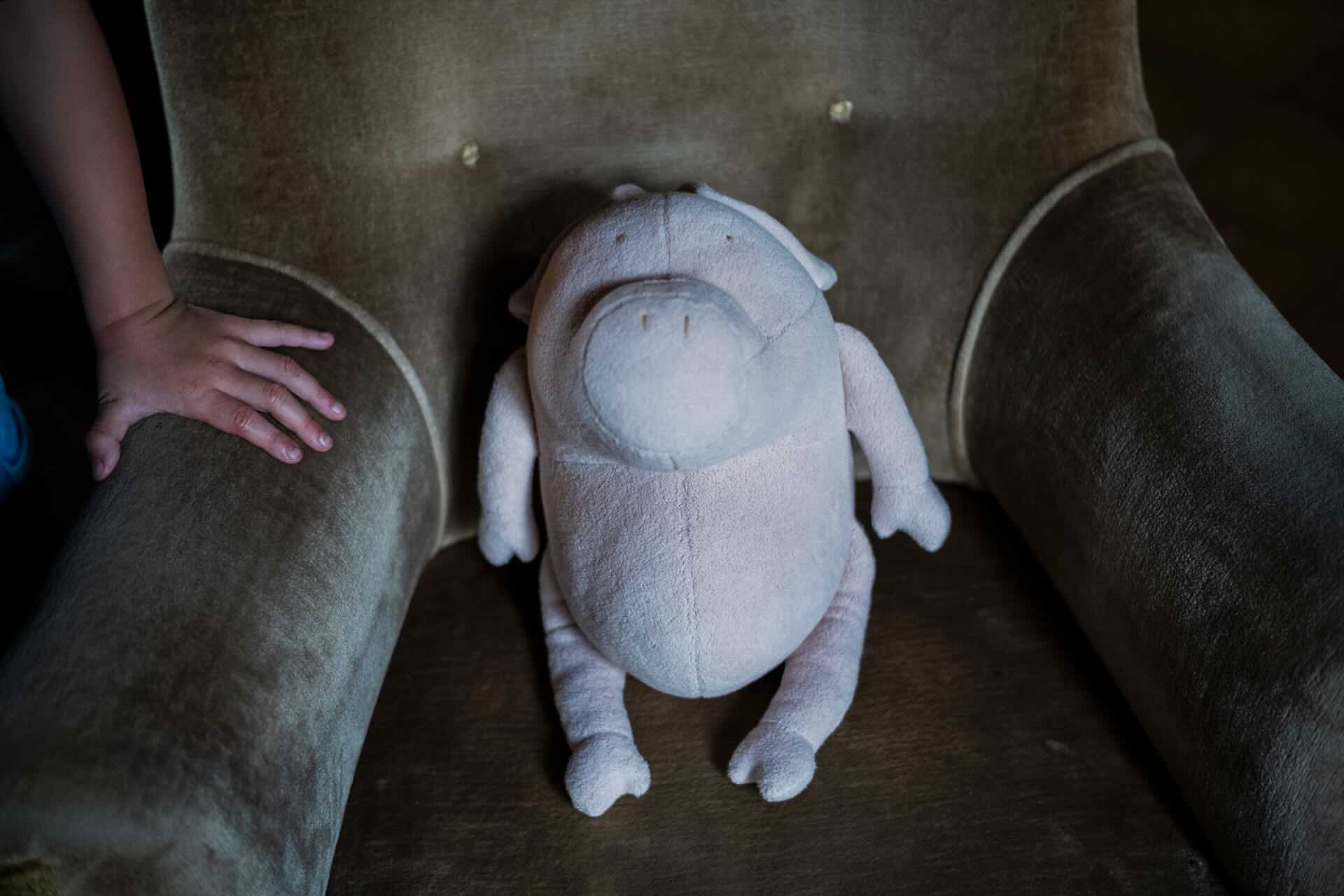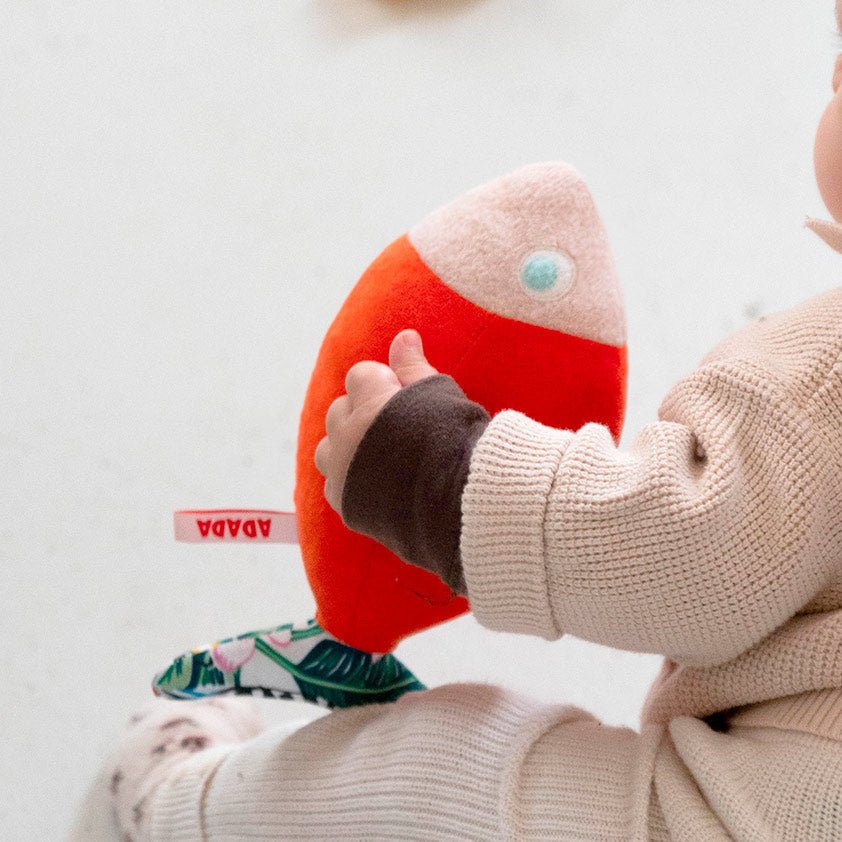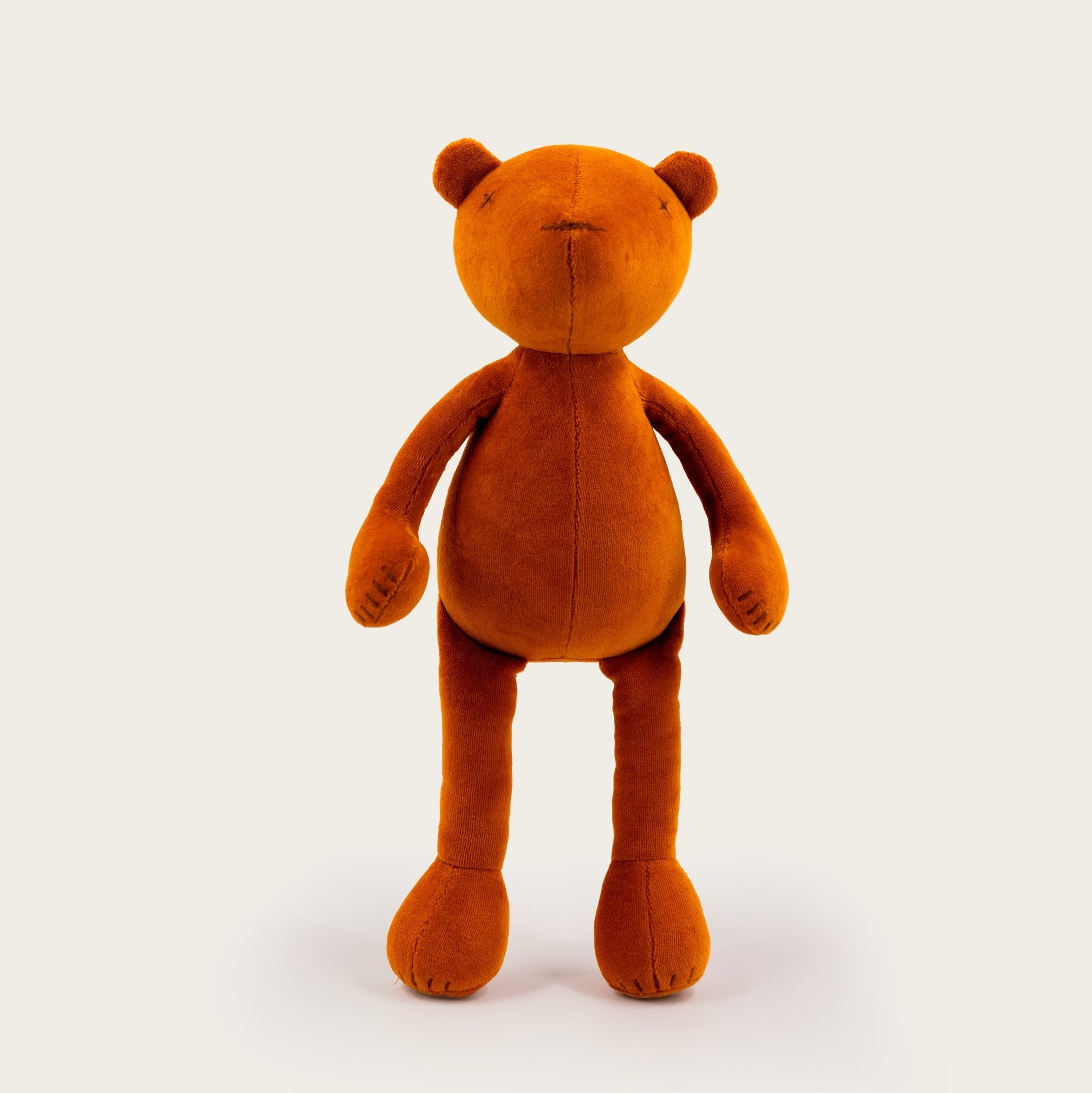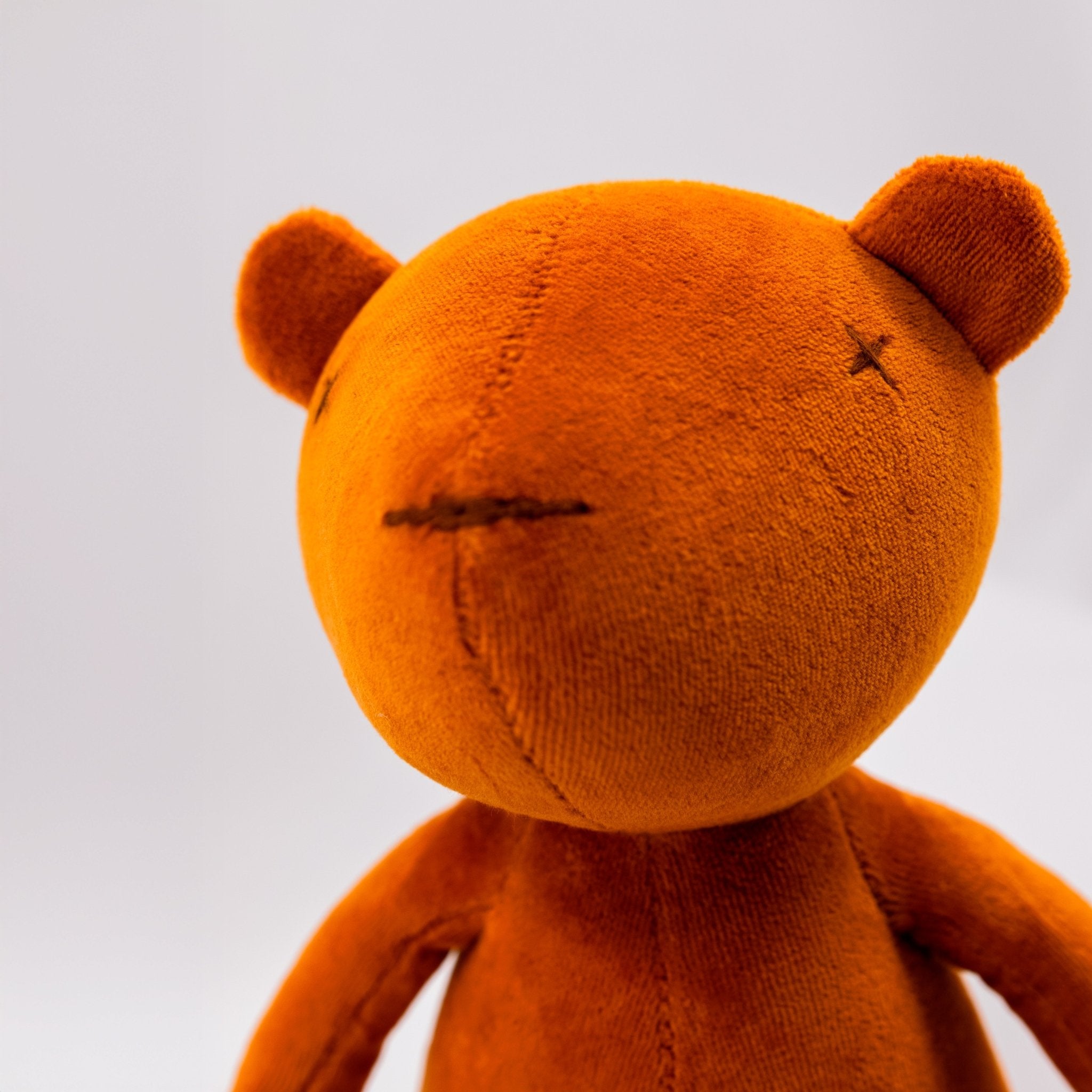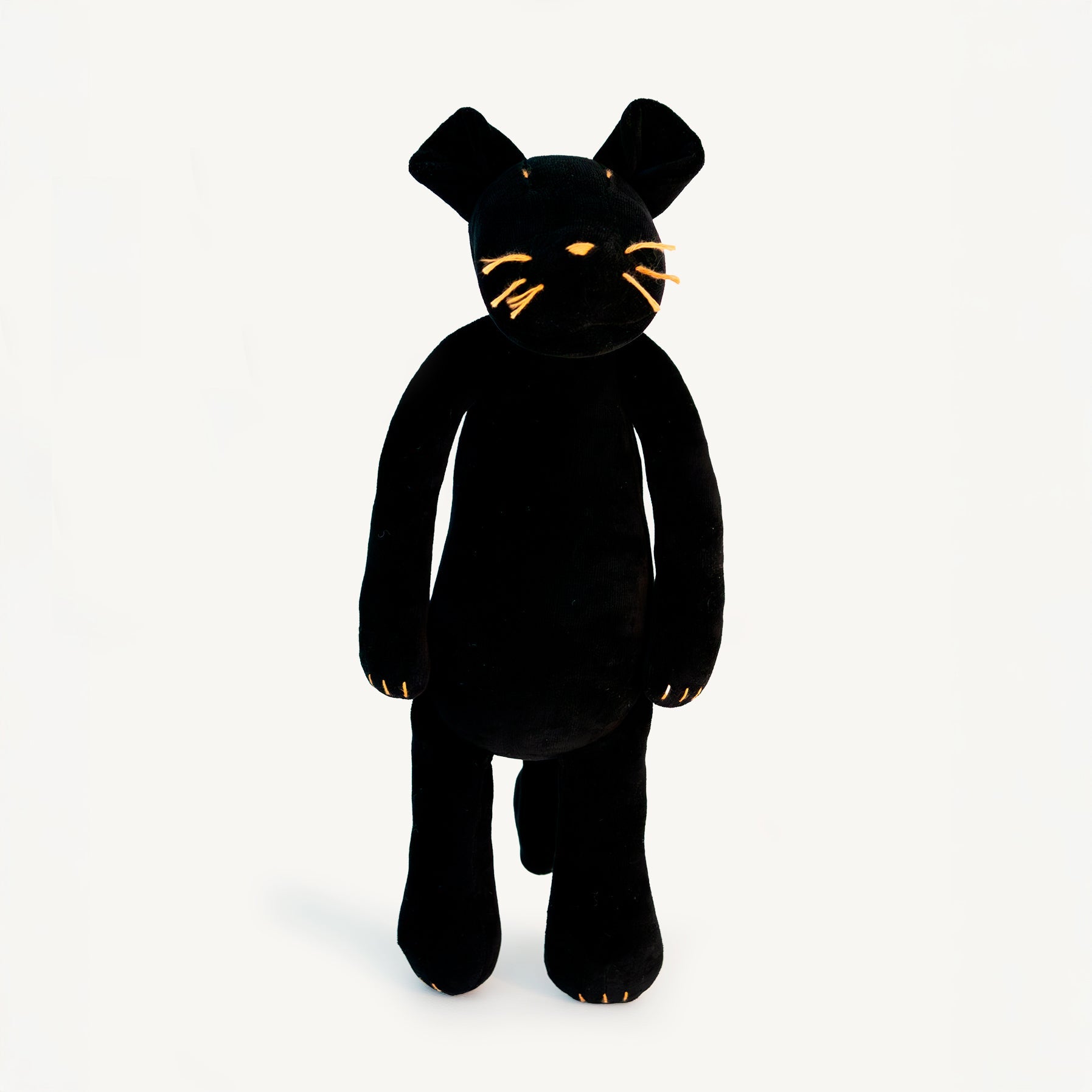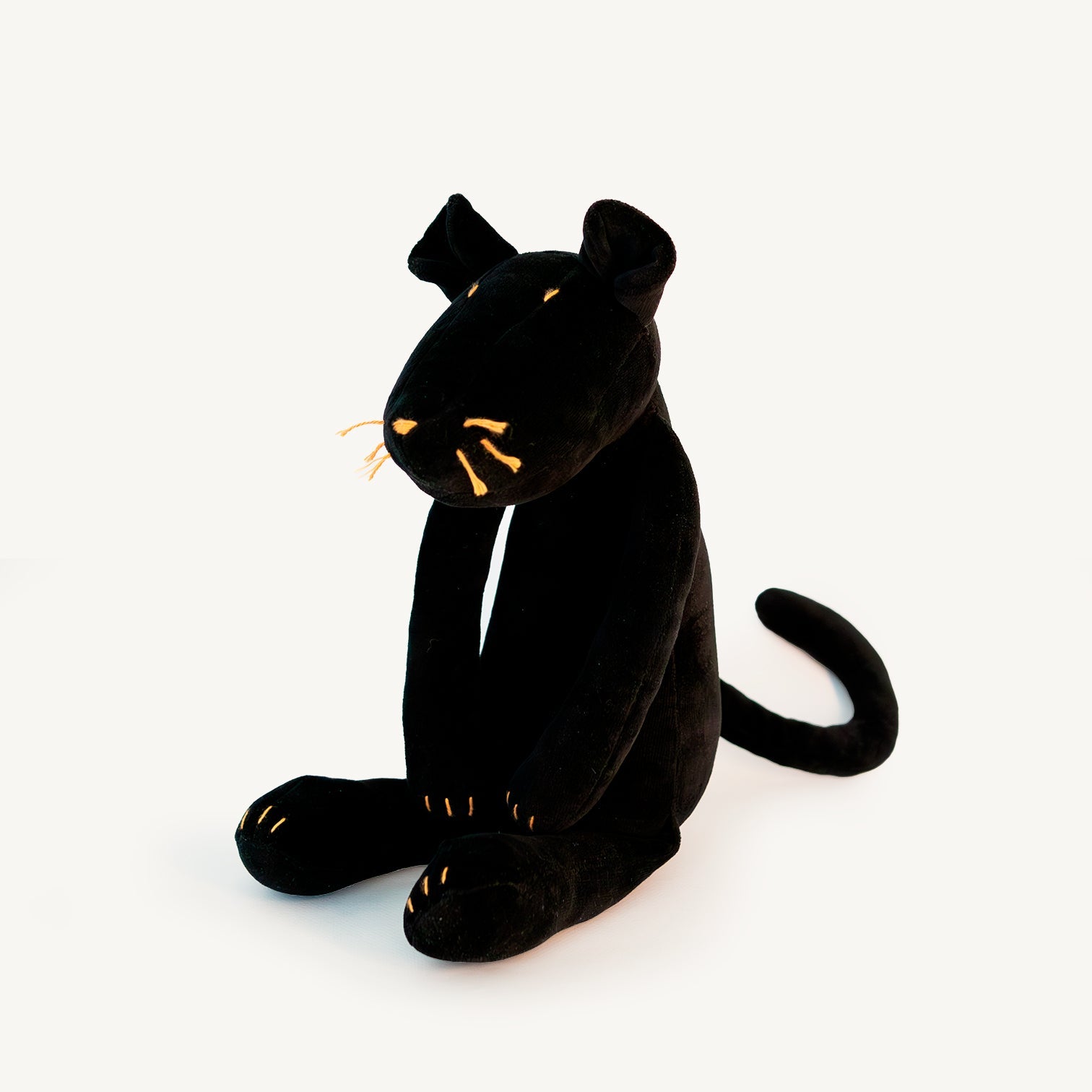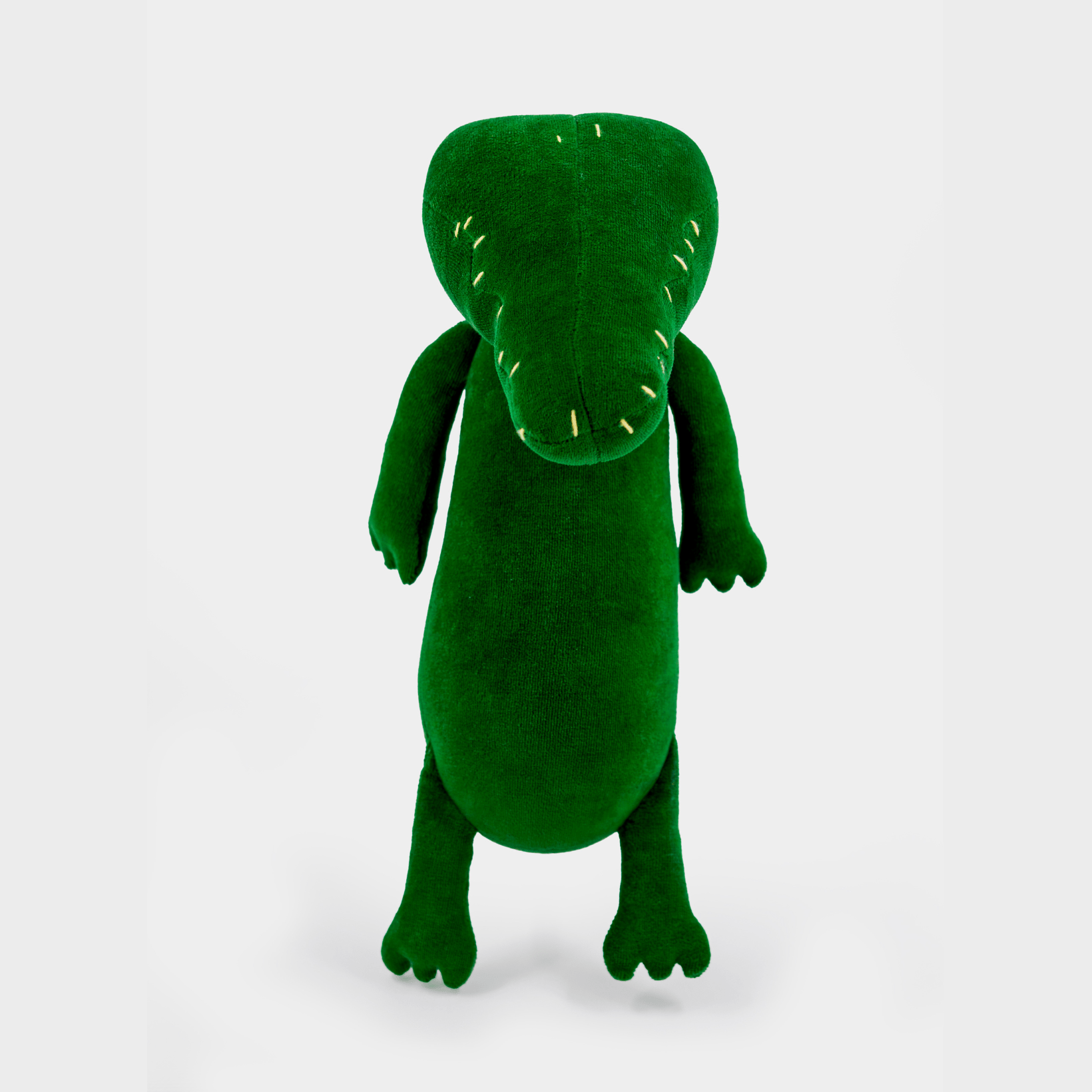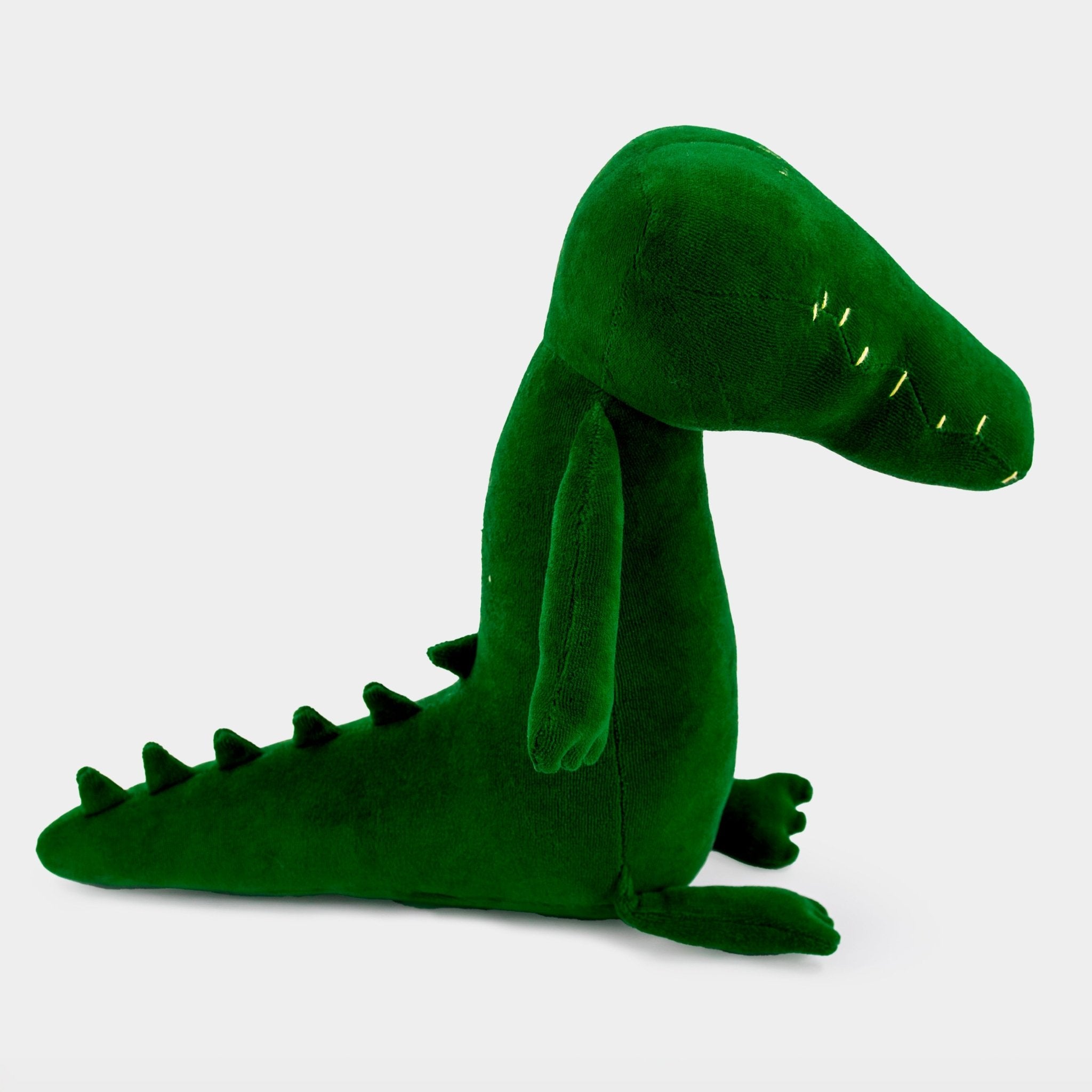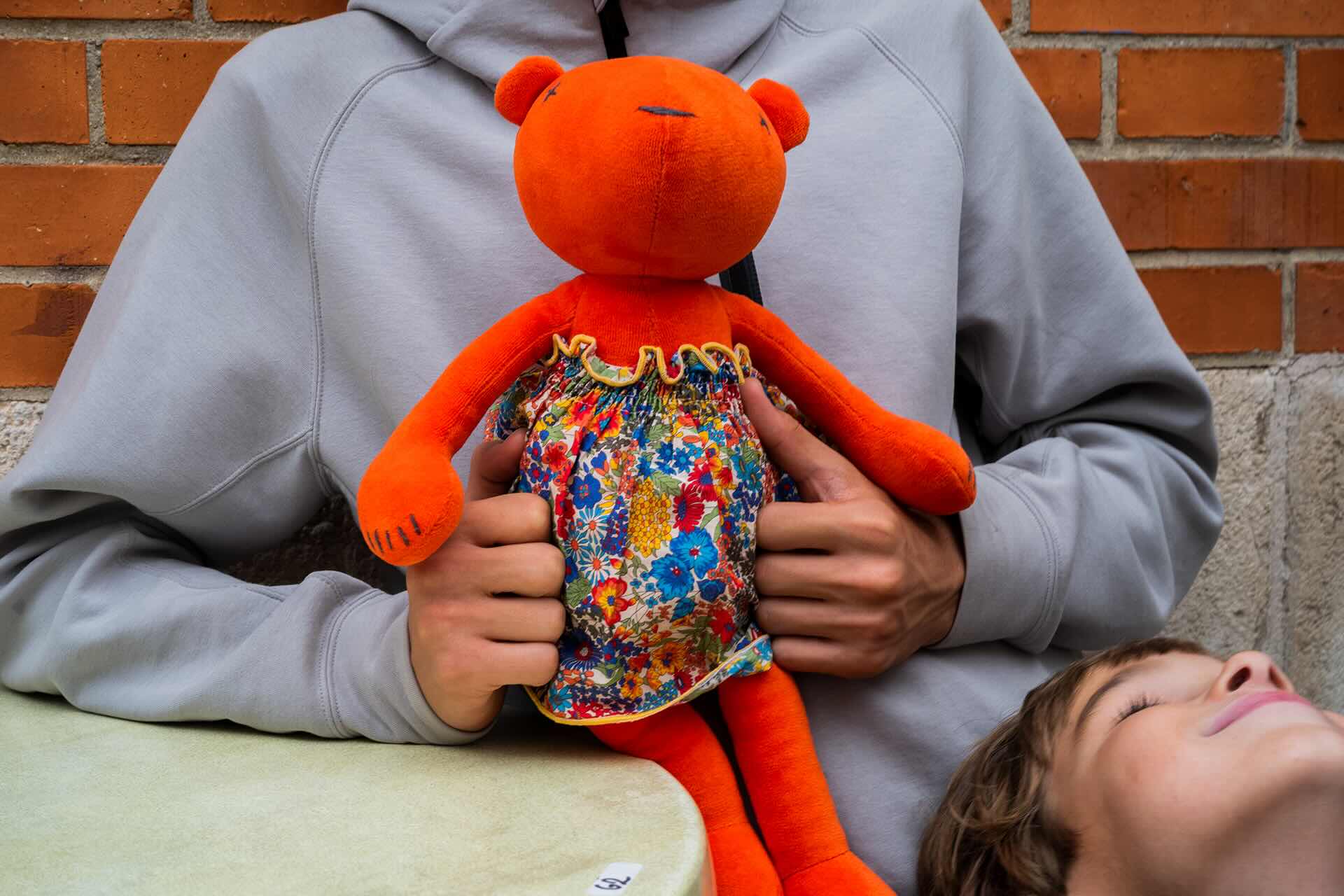
At what age can babies sleep with stuffed animals? A Guide for Parents
Soft toys are often a source of comfort and an adorable addition to a child's sleep routine. But for new parents, knowing at what age babies can sleep with stuffed toys is a key safety issue. Even if that teddy bear seems harmless, there are real risks in introducing soft objects too early into a baby's crib.
In this article, we'll look at what age babies can sleep with stuffed toys, safety recommendations from pediatric experts, and best practices for providing a sleep environment that's both reassuring and safe.
At what age can babies sleep with stuffed animals?
According to theAmerican Academy of Pediatrics (AAP), babies should not sleep with soft objects - including stuffed toys, pillows or loose blankets - until they areat least 12 months old. In fact, many experts advise waiting until 18 months, especially if the child is still moving around a lot during sleep.
This recommendation is aimed at preventing Sudden Infant Death Syndrome (SIDS ) and other sleep-related dangers. Soft objects in the crib can obstruct the baby's airway or cause overheating - two major risk factors for SIDS.
What's the right age for soft toys in the crib?
While stuffed toys are safe for supervised playtime from an early age, the question of what age for stuffed toys in the crib relates specifically to unsupervised sleep. Here's a summary:
-
0-12 months: No stuffed toys in the bed - even small ones. The bed should remain completely empty, with the exception of a fitted sheet.
-
12-18 months: You can consider introducing a lightweight, breathable stuffed toy if your baby finds it comforting - but only if there's no risk of him rolling around on it and getting trapped.
-
18 months and over: It's generally safe to let a toddler sleep with a small stuffed toy. Choose one without removable parts (such as buttons or plastic eyes), machine-washable and without choking hazards.
Safety recommendations for plush toys in beds
If you're thinking of introducing a cuddly toy into your baby's sleep routine, follow these tips:
-
Wait for the right age: Wait until your child is at least 12 months old, ideally 18 months.
-
Make the right choice: Avoid plush toys with :
-
Detachable parts (buttons, ribbons, plastic eyes)
-
Long strings or accessories
-
Loose padding or fragile materials
-
-
Choose a small size: Choose a small, lightweight plush toy that won't suffocate your baby if he rolls around on it.
-
Keep it clean: Wash the plush regularly to prevent the accumulation of dust and allergens.
-
Monitor sleeping behavior: If your baby moves around a lot during the night, wait a little longer before adding soft objects to the crib.
Best practices for using cuddly toys
-
Introduce them during waking moments: Let your baby play with the plush during supervised moments or when he's in your arms.
-
Create a positive association: The stuffed toy can become a comfort object or part of the bedtime ritual - as long as it stays out of bed until it's safe to do so.
-
Have several favorite stuffedtoys, so you can easily replace one if it gets lost or washed.
In conclusion
While it's tempting to give your baby a stuffed toy to sleep with right from the start, his or her safety must come first. Respecting the recommendations concerning the age at which babies can sleep with stuffed toys helps to reduce risks and ensure a peaceful night's sleep.
Once your child is old enough, a favorite stuffed toy can become a precious nighttime companion and an integral part of his or her bedtime routine for a long time to come. But remember: safety first, cuddles later!



